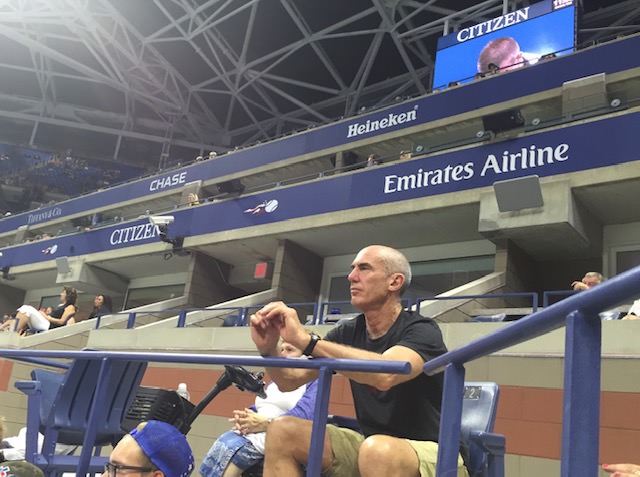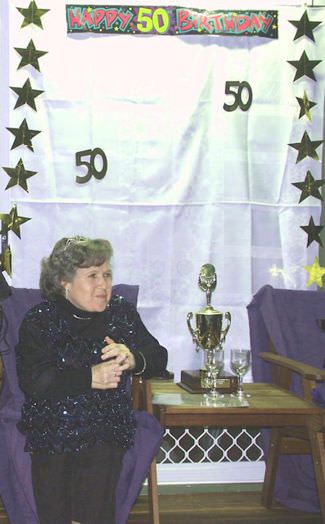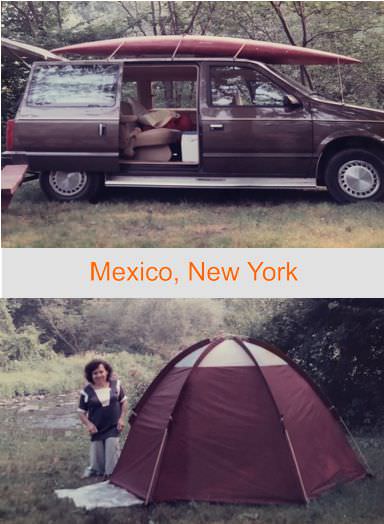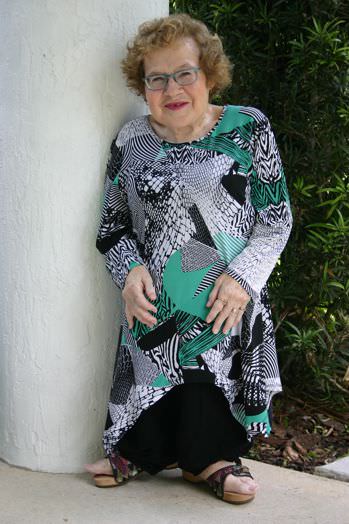
On August 30, 2015, Robert and I continued our decade birthday tradition with siblings and spouses. This was my brother’s 60th so he chose the destination. Our flights from Australia and Florida landed all six of us in New York City for five days and a weekend with Greg’s daughter Holly who flew in from London.
Upon arrival at LaGuardia airport, Robert and I appreciated the help of the airport taxi dispatcher and a driver willing to load two scooters into his vehicle. We assured the driver that family would help him unload at our lodging. This was a better solution than scrambling to find an accessible taxi.
Want to subscribe to receive blog updates sign up today!
Greg’s wife, Julie, had asked every conceivable question to ensure that our second floor Airbnb loft had an elevator and no stairs. We planned to come and go independently like the rest of our crew. But the booking agent overlooked the three-inch rise from the sidewalk into the building and the elevator was a far cry from accessible. But we were thankful that one scooter at a time could squeak through the narrow door into the small elevator car.
We primarily navigated our way around Manhattan riding accessible city buses and the subway to stops with elevators. This eliminated any parking problems, unless you count the perturbed parking attendant who did not appreciate my photo op humor when I backed my scooter into a ground level space underneath a car on a second tier hoist.
Greg’s birthday dinner was fine dining with great décor, toasts, and God’s blessing. And his birthday gift from Deborah proved to be the highlight of the trip—tickets to the opening night matches of the US Open at the Billie Jean King National Tennis Center in Flushing Meadows, Queens.
The accessible seats in Arthur Ashe Stadium gave us an unobstructed view of the tennis court and were near the section where Serena Williams family and coach were seated. The challenge was getting to our seats. The volunteer elevator usher repeatedly let us out on the wrong level. This was a big deal because of the long wait for an elevator car with room for the scooter. (Yes, only one scooter this time as Robert is not a tennis fan.)
After enjoying two matches of top-tier players, we exited the stadium and moved with the masses to the subway about 1:00 AM. However, we were shocked to exit the train at our stop and find the elevator out of order! Thankfully, Greg and Rob carried my scooter up the stairs and Deborah and Julie helped me. The next day we learned that the UK tourist we met on the train the night before was also confronted by an out-of-order elevator at his station. His power wheelchair was too heavy to lift and he had to board another train, exit at Grand Central Station, and wheel back to his hotel on city sidewalks in the early hours of the morning.
Do you have an access vacation story to share?
This post is based on outtake material removed from “ALWAYS AN ADVOCATE: Champions of Change for People with Dwarfism and Disabilities” releasing on Amazon on October 8, 2021.




